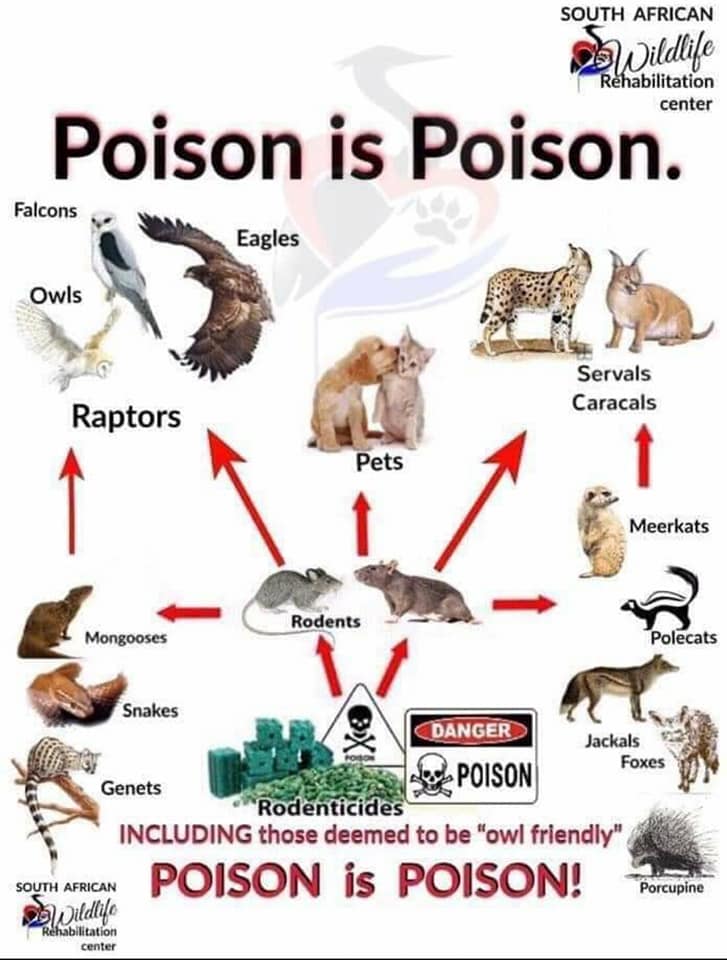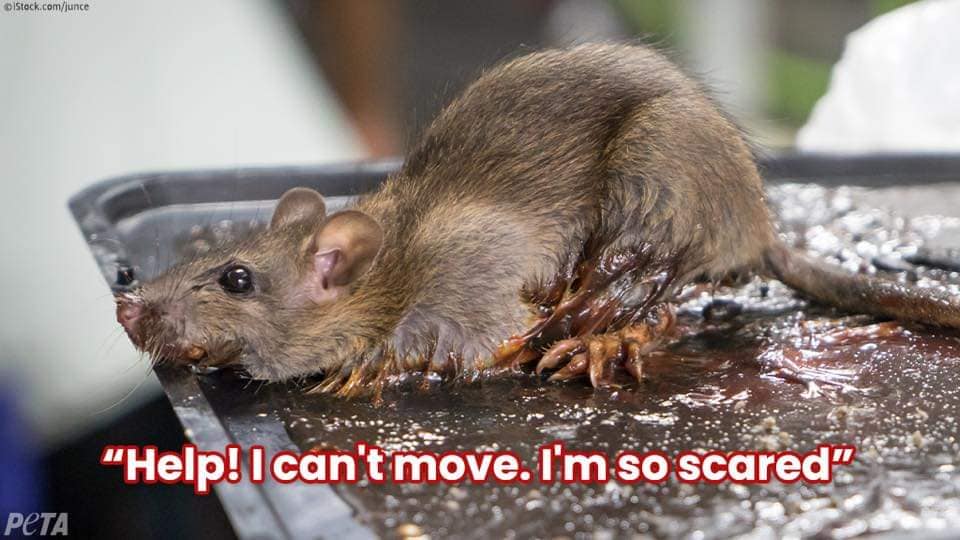
ANIMALS 101 – NO ANIMAL SHOULD SUFFER, NO MATTER HOW YOU THINK OF THEM.
Since I have been involved in animal welfare, I can’t even kill an ant without thinking twice. In animal welfare, well at least the majority of us, care about ALL animals. They are sentient beings who can feel pain and suffer and none of them should have to. Today we will focus on rat and mice control and what to do when they become a concern.
When temperatures start to get cooler in winter times, animals will seek shelter in non-ideal locations. We understand that some people don’t want animals like mice, rats, snakes or lizards in their homes, for various reasons, however, please NEVER use sticky traps or rodenticides! They are inhumane and the animal suffers a slow and painful death. Instead use live traps, ultrasonic repellents or unpleasant scents.
We understand that in some cases rat or mouse populations might get out of hand, but then it is important to consult with your local animal welfare or humane societies, SPCA, NSPCA or humane pest control companies. Understanding your options and the level of risk and safety involved with pest control is the first step to finding a rodent control option that is best for your needs, humane and best for the environment at large.

There is no such thing as “animal-friendly” poison. POISON IS POISON. It is designed to kill! Death by poisoning is arguably one of the cruellest and inhumane ways to kill any animal, whether you think of them as a sentient being or a pest. A poisoning incident is a crime and should always be reported at your local police station and the SPCA should be informed.
Also read: ANIMALS 101 – PETS AS GIFTS
When we talk about pest control you should first ask these questions:
- Which specie of rat or rodent it is as the approach for control might differ?
- How many is many?
- Is it the odd mouse here or there or massive colonies?
- Are they causing damage or a problem or do you just not like them?
- Why are they there?
- What will the impact of removal have on the environment?
- Does the methods used pose a risk for other animals or kids etc.?
METHODS USED
Methods, where they are killed instantly and humanely, are recommended with large scale rodent problems. Glue traps, blunt force trauma and poison are certainly not the way! The problem with snap traps is, that many choose cheap traps that are not well designed. This leads to suffering. Some choose shooting, but for that, you will need a permit and it may not be in residential areas.


Rodenticides – A second generation of ultra-potent rodenticides creates a first-class crisis for people, pets, and wildlife. With rodenticides, it is an agonizing death for the victim and when other animals eat these dead rodents they can die too. For a rodent to get a lethal dose from a first-generation rodenticide it has to eat it more than once.
KILLING IS ONLY A SHORT-TERM SOLUTION
Killing rodents can only provide short-term control of populations. As with feral cats, if you remove a mouse/rat colony you will create what is known as a vacuum effect. This means a new colony will move in or the remaining animals will breed to capacity. Feral cats and rodent colonies form around food sources. Keep in mind, the need to control rats is largely the result of a lack of cleanliness in the immediate environment.
Sustainable control can only be achieved by reducing the rodent carrying capacity of the environment and one way is by reducing food and harbourage.
SOME OTHER OPTIONS:
- Rat-proofing a building is the only sure way to deter rats. Killing them will only cause other rats to move into the newly available spaces.
- After rat-proofing your building, give the remaining animals a chance at life by live-trapping and releasing them outdoors. There are guidelines for where, how far etc.
- Using domestic or natural predators. If these predators are brought in you need to do it with environmental expert as it can lead to other problems. Owls and snakes are some of the most common natural predators. Foxes eat rats too.
- Support Feral/community cat projects where the cats are trapped, neutered and returned. They help a lot with rodents control.
- If you aren’t a fan of having cats or owls living with you, we recommend pranking the rats. Using cat litter, rubber snakes or owl feathers can work well. Therefore, tricking the rat into thinking that a cat or owl lives on your premises will scare the rat into possibly making a quick exit. Additionally, farmers and homeowners suggest placing tubs of used cat litter near entry points in your home. The smell will deter the rat.
- Peppermint Oil, Steel Wool, Rodent Repellent sprays, Irish Spring bars cut up, Rolling Log Mouse Traps (no water), Catch & Release Mouse Traps can also be considered.
It doesn’t matter what the problem is, no animal should endure suffering, ever! If you have any “pests” please contact your nearest SPCA to ask what is the best way to address the issue safely!
Read more on DAMAGE CAUSING ANIMALS
Next week we will look at choosing toys for your pets.
WHEN YOU KNOW BETTER, DO BETTER!